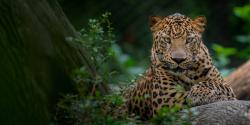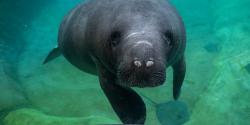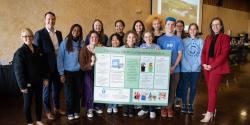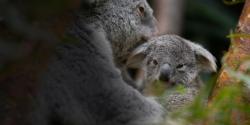In the late 1960s, Przewalski’s horses could barely be found in the wild. In fact, they were almost driven to extinction due to over-hunting, grazing competition, and harsh winters. At that point, zoos and other conservation parks stepped in.
For several decades, breeding and educational initiatives were launched, and the remaining Przewalski’s horses were bred with a small population of those already in human care. Eventually, after careful and thorough planning, reintroduction efforts began and descendants were able to return to the species' native habitat. When The Wilds opened in Southeast Ohio in 1981, the Przewalski’s horse was also one of the first species to live at the conservation center. A herd of this endangered species is still managed there to this day as part of ongoing conservation efforts.
Today, there are more than 1,000 Przewalski’s horses thriving in protected areas in Mongolia and China with more zoo research and conservation efforts underway.

“Zoos, aquariums, and conservation parks are critically important to wildlife conservation as they are the most effective way of forming meaningful connections between people and the unique animals from all parts of the globe,” said Dr. Joe Smith, Vice President of The Wilds. “Those connections progress to empathy and ultimately inspire our communities to take actions to help save wild animals and wild places. I am so proud to be a part of a community that has fueled a conservation movement and sparked so many careers helping to save the planet. The collective impact is truly awe-inspiring.”
The momentum of efforts like these continued within zoos, most recently with the establishment of the Association of Zoos and Aquariums’ (AZA) SAFE Species programs, which provides zoo collaboration and leverages their massive audiences to save species like the Przewalski’s horse. The Zoo and The Wilds are partners in AZA’s SAFE program, leading programs like Asian elephant and North American songbird species protection efforts.
And the work doesn’t stop there.
In 2022 alone, the Columbus Zoo and The Wilds collectively participated in 113 conservation, habitat ecology, and animal wellbeing projects that involved animals at our parks and in over 20 countries.
“Zoos are uniquely positioned to help protect wildlife through the expertise of staff, the contributions made to science, and the special moments guests experience that also forge empathy and resolve in taking action to help protect the future of these incredible species,” said Dr. Michael Kreger, Vice President of Conservation and Sustainability at the Columbus Zoo. “On a personal level, starting at age 2, zoo visits are what inspired my own educational path, career, and values of caring about wildlife. I’m proud of the incredible support the Columbus Zoo and The Wilds provides to our conservation partners, the work we do at our organization to empower people and save wildlife, and our commitment to inspiring future conservation leaders.
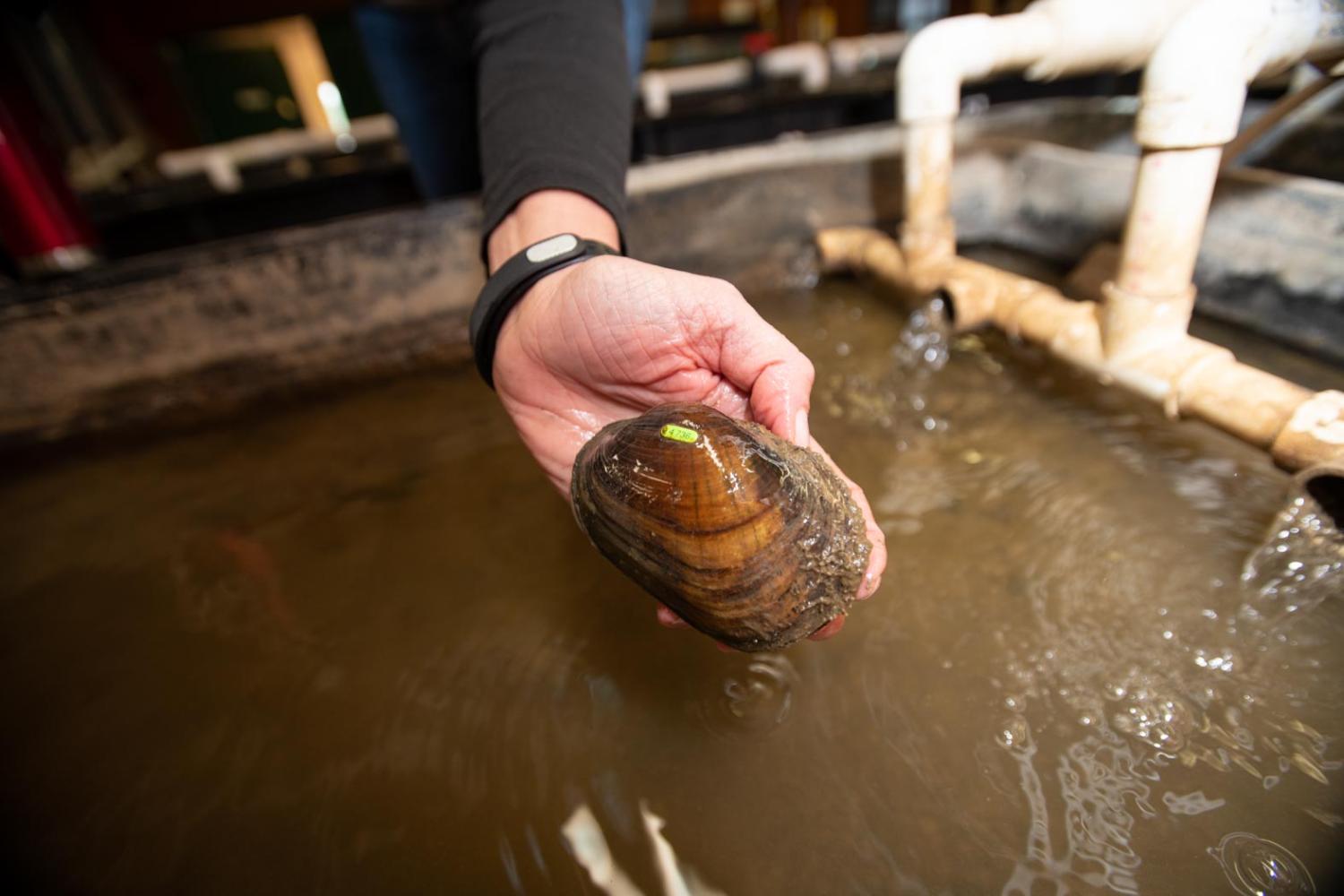
Community support is key for the Zoo and The Wilds when it comes to animal care and conservation, and partnerships with global, state, and local organizations strengthen our forward-thinking efforts. For example, the Ohio Division of Wildlife and the Ohio Department of Natural Resources have collaborated with the Zoo and The Wilds for decades to support imperiled species in the state of Ohio like freshwater mussels and eastern hellbenders.
“In collaboration with other conservation organizations, government agencies, universities, and other wildlife experts, zoos serve an important role in providing care to individual animals and protecting their species. I am tremendously proud of the Columbus Zoo and Aquarium’s involvement in efforts protecting wildlife locally and globally. From propagating endangered mussel species at the Columbus Zoo’s Freshwater Mussel Conservation and Research Center to help maintain healthy rivers to returning more than 30 rehabilitated manatees to Florida waters through our involvement with the Manatee Rescue & Rehabilitation Partnership, we are making a direct impact. Additionally, I'm most proud of our Animal Care team. Their passion for the animals and dedication to advancing the profession is the bedrock of our organization. Everything the Zoo is starts with them,” said Doug Warmolts, Vice President of Animal Care for the Columbus Zoo.
Zoos are made up of professionals representing diverse backgrounds and skillsets, all of which are vital to helping to protect wildlife. “From animal care, animal health, and ecology, to grounds/maintenance, guest relations, and philanthropy, all of our work centers around relationships—with animals, our partners, and our communities. Small, simple actions make a difference, but when we all work together, the possibilities are endless,” said Dr. Jan Ramer, Senior Vice President of Animal Care and Conservation for the Columbus Zoo and The Wilds. “I’m proud of the incredible impacts our teams at the Columbus Zoo and The Wilds are making across the world, thanks to these relationships. I saw this first hand while working as a former Gorilla Doctor in Rwanda. Our team consisted of colleagues from several countries, and we collaboratively worked provide veterinary care to injured mountain gorillas in the wild. It is an incredibly rewarding feeling to see people come together to make a difference. In my role at the Columbus Zoo and The Wilds, I continue to see team members’ dedication, passion, and expertise, as we come together to ensure the animals’ wellbeing and a meaningful experience for our guests. Our organization also provides funding support for Gorilla Doctors, and it warms my heart that this work—and its impact--has come full circle for me.”
As the Columbus Zoo and The Wilds looks forward to the future, intentional emphasis will be placed on our longstanding work in wildlife conservation, science, and animal wellbeing.
“We humans have an innate interest in and attraction to nature and wildlife. To connect with animals and nature is vital for our wellbeing. And wildlife conservation centers like the Columbus Zoo and The Wilds offer unique and amazing opportunities to do just that,” said Tom Schmid, President and CEO of the Columbus Zoo and The Wilds. “I am proud of what we provide for our community, and proud of what that allows us to do in nature, to save wildlife.”



